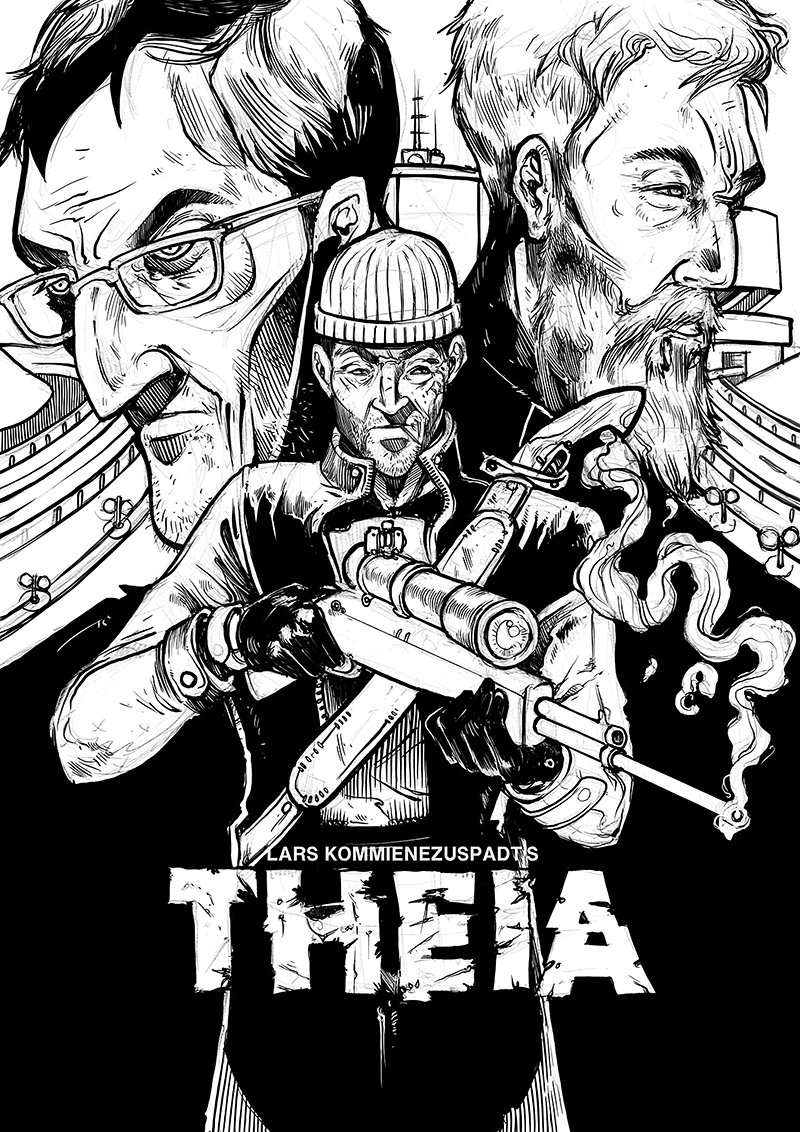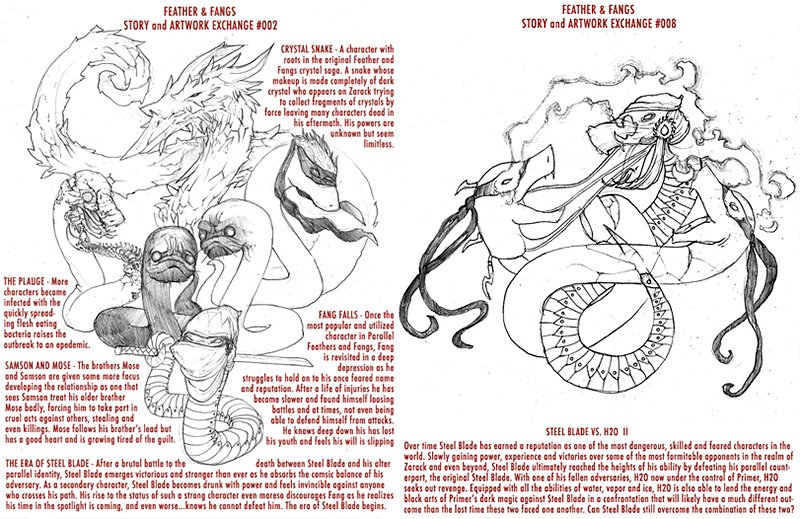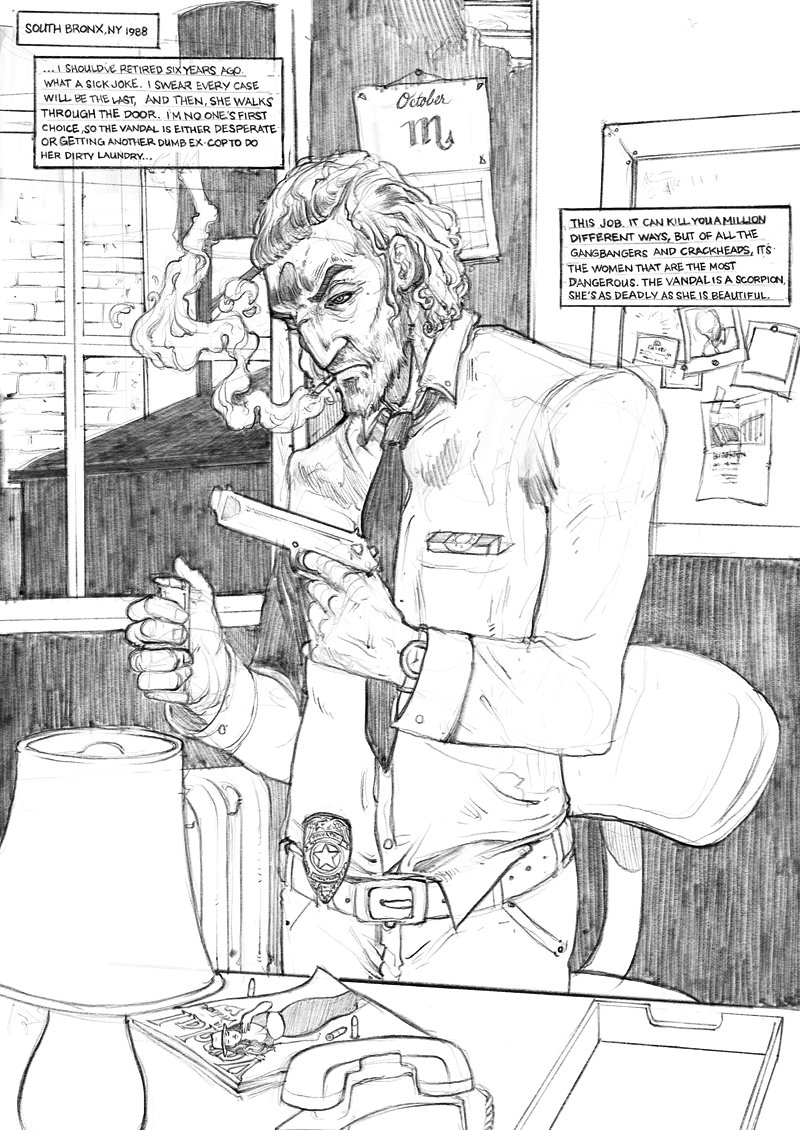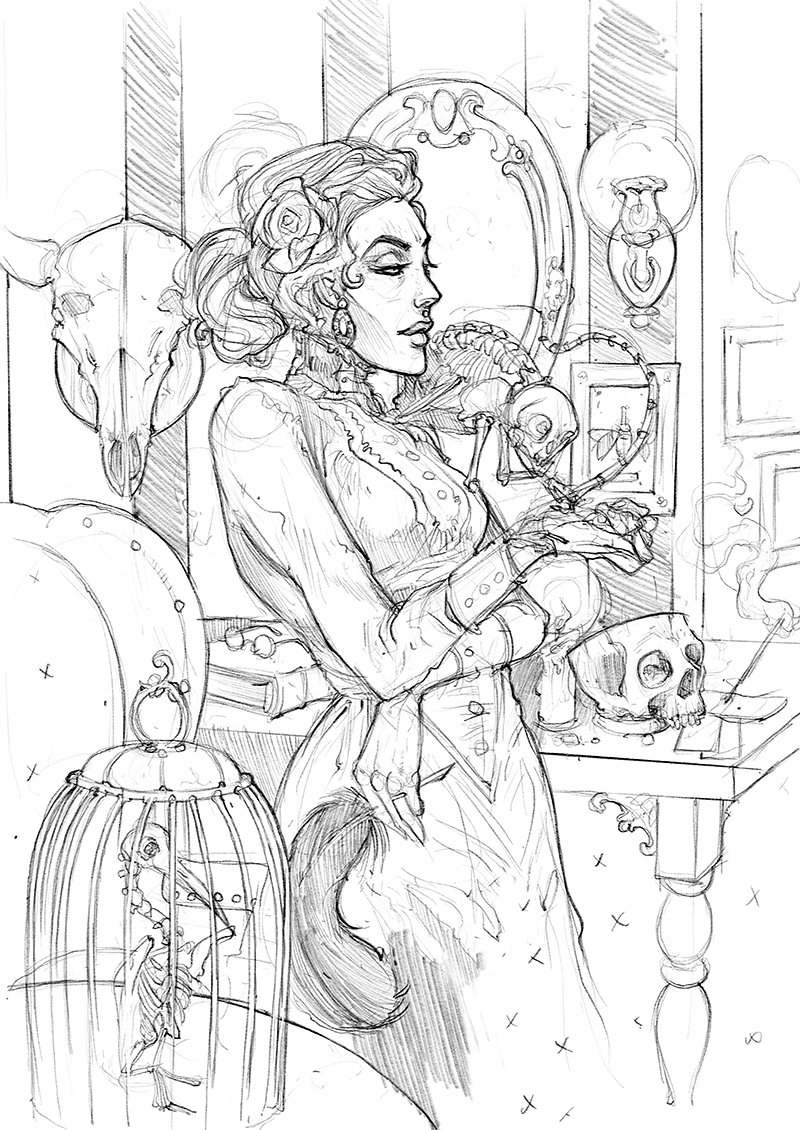
My entire life, I knew however things shook out, I’d eventually be making comic books as a career. At 36, I’m later to the party than I originally anticipated, but I’ve had three decades to prepare for this! I remember as a kid, just being enamored with comic book art […and still am]. For years, I’d draw these snake characters during class with my friend Neal. Just page after endless page of snakes killing each other. The kind of gratuitous fantasy violence that defines weirdos in high school.
Eventually, photography took over my life, but I still read comics, thought about comics and drew comics when I managed to make time. A couple years ago I began stringing together a story for a comic called THEIA. A sci-fi conspiracy story rooted in the real world, based on actual science. I learned how to format full script for comics and graphic novels […you can read the finished THEIA script in my previous blog, “Full script of THEIA sci-fi comic book! Exclusively on Steemit!”]. This was a big divergence than my hack and slash snake comics with Neal […who’s stories progressed with each turn of the page, like a Miyazaki film, but really horrible].

It was during the process of writing the first draft for THEIA that I realized all these years I’ve been so drawn to comics, the real allure for me was story telling and character creation, even more than great art. I’ve been creating comics my entire life, and thus, creating characters along the way. Once I began disciplining myself with taking writing more seriously, I discovered other helpful tools to aide in the creation process. I began taking inventories, outlining in depth documentation of each characters lives, affiliations and personalities.
Character profiles are something I’ve done for 20 years. I mimicked my favorite fantasy artists like Gerald Brom, Boris Vallejo and the one and only, Frank Frazetta. I’d seen pencil sketches of their concept designs with monsters, heroes and heroines, and just did my best to emulate them. I used to draw the typical front, side, three-quarter and head sketches as a reference bible […granted, much easier when it was just snakes].

I’ve been enjoying a renaissance of creativity since committing to doing comics full time, and character creation is where I spend most of my time. THEIA is still my priority as I have an active Patreon campaign and those pledging support are doing so for that particular title. I do, however, have two other stories I’m developing which are currently knee deep in the character creation process. A Bukowski-esk pulp crime genre during the late 80’s following a private investigator throughout his struggle with sobriety in Queens, NY.

The other is a dark ghost story taking place in the mid-1800’s, surrounding a recently deceased, troubled soul that finds himself caught between the realm of the living, and the afterlife; unable to pass for fear of judgement after a life of heinous acts. The characters in this story were inspired by my most interesting friends, and obscure tales of macabre lore during the industrial revolution and the Southwestern US history.
I wish I was further along in my pursuit of story telling, world building and character creation. I wish I had decades of experience to share here on Steemit. I don’t want to come across like I’m the authority on these complex, disciplined skills; I’ve only been seriously absorbing the art for a couple of years. I imagine, however, there are quite a few new writers, artists and creators here, navigating their own discoveries and process. With that in mind, [and in the spirit of all the things that makes Steemit great for me personally] here a few techniques I use to further my writing and a few resources I’ve found helpful in house, right here on Steemit.
• Real-life Inspiration: As mentioned, take inspiration from people in life. Friends, or even family. Accentuate the personalities. Exaggerate the quirks or circumstances. For me personally, it’s a big help to to have someone in mind when drawing, and developing a character.
• Character Inventories: Write up an involved character inventory […sometimes called a character bible]. A reference of everything you can imagine that defines that character. Their ethnicity, background, where they were born, how old they are, where they went to college, their diet, etc. It’s tedious if you’re working on a character heavy story with a big “cast”, but it pays dividends. Once you have those inventories, you can stick characters in situations and the story literally writes itself. If you have a character that’s a passionate vegan, you can immediately come up with dozens of possibilities if they were accidentally locked in a butcher’s freezer. Same with politics, religious, social issues. It really unloads much of the burden of dreaming up a brilliant scene.

• Name Generators: Name generators are something I rely on quite a bit. There are many available online. They’re usually free, and they’re a great place to launch in to naming a character. Often times, once you have a name, more of the personality and background unfolds organically. www.seventhsanctum.com has an excellent list of name generators tailored specifically for several genres and character types.
• Research: This is one of those things that seems obvious, but I challenge you to go deeper. For my ghost story, I started researching life in the mid-1800’s in the Southwest and Dust Bowl of the United States. As I dug through historical sites, I found some of the events of that time. A few hours in, I read about droughts and plagues, which would have been rich content for a story, but going even deeper, I read about these crazy grasshopper plagues! Even deeper, I found accounts of specific families and individuals that described enormous clouds of locusts that swept through their homes and ate everything, including the clothes off their bodies! I encourage you to obsessively push through references, way past where most people would get their first idea and start writing. Beyond that is where you’re going to unearth something truly unique and memorable. I’ve already written a treatment for this epic locust plague in my ghost story […sort of nervous about what that’s going to be like to draw, though].
• Don’t Lose The Magic: For me, the magic happens in the moments before I fall asleep. Without fail, that’s where I get my best, originally ideas. Sometimes it’s just a small line a dialog. Other times it’s as vague as a plot point. It’s a tough discipline to wake yourself up and write it down, but that […for me] is where the magic happens. It’s invaluable, and worth the trouble of having to fall back asleep. I jot things down in the Notes app of my phone. I have some friends that just wake up and make audio recordings. You might get your best ideas during different times. Sometimes I have brilliant moments on long drives. Either way, document it! You’ll be glad you did.
Honestly, Steemit has been a revolution for me as well. Since the platform is incentivized, there is a tremendous wealth of references on writing, drawing, how-to’s. Beyond that, I spent much of my time reading and curating novels and short stories posted by the authors bringing their work to the site. Just this morning, I found a comprehensive article by @jamielefay titled “Steemit and the future of book publishing”. Everything here, totally relevant if you’re creating comics or graphic novels.

Keep writing, creating and sharing! More work from my comic, THIEA, and other stories to come. I’d love feedback and constructive criticism.
I post daily. Follow me @kommienezuspadt so you don’t miss a post.
